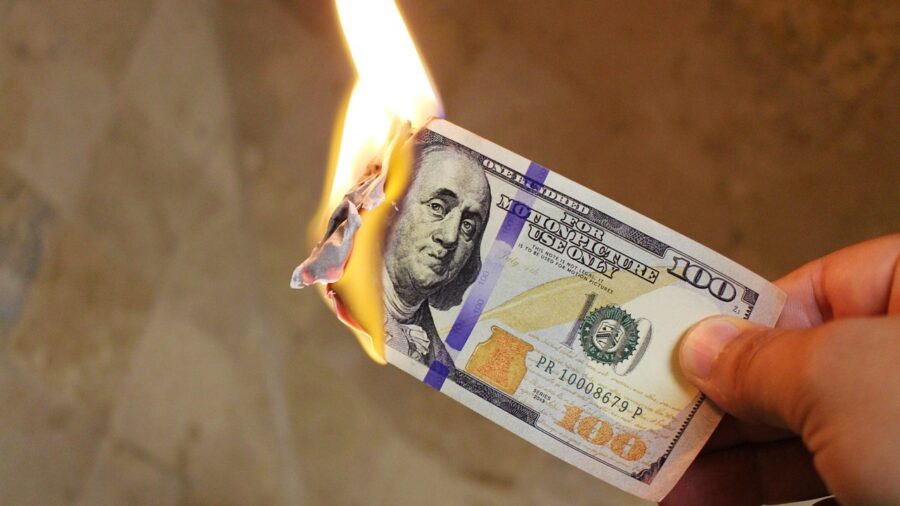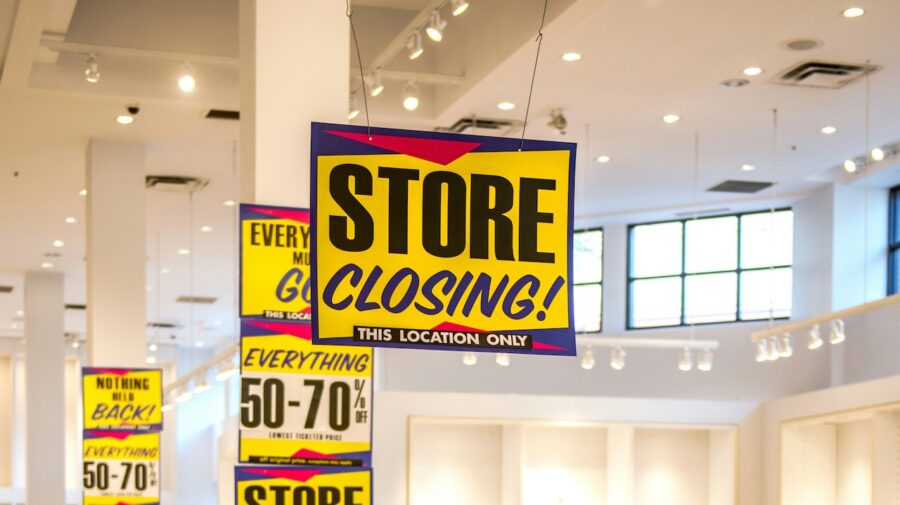Iconic 99 Cents Only Closing Down All Stores

Consider it the end of an era—99 Cents Only, the iconic dollar store, has announced it will be shuttering every single one of its locations, meaning legions of loyal customers will have to wave goodbye to their favorite discount retailer.
Closing In All States

The company will be closing stores in every state it has a presence—including California, Texas, Arizona, and Nevada; the company’s decision to shutter all 371 stores is a consequence of several successive financial challenges, all worsened by the pandemic, changing consumer preferences, and constant inflation.
David Gold originally founded 99 Cents Only in Los Angeles in 1982. Gold’s business truly revolutionized the retail landscape—distinguishing itself with its unique single-price strategy. Indeed, dollar stores were synonymous with low-quality merchandise at the time, but Gold’s venture provided valuable, quality products at a consistent and affordable price point.
In other words, 99 cents.
A Staple For Savers

The retailer swiftly evolved into a staple for shoppers looking to save; in the Western US, it became the household name for dollar stores, and 99 Cents was to dollar stores what Netflix is to streaming.
Gold’s stores sported an array of items—from household goods and fresh groceries to office supplies and beauty products. For decades, the classic price point of 99 cents maintained its ground, embodying a testament to the company’s commitment to affordability. In 2008, however, 99 Cents Only’s price point nudged upward (but by less than a penny due to inflationary pressures).
Inflation To Blame?

This move heralded the struggles with inflation and rising costs to come. The interim chief executive officer of the company, Mike Simoncic, expressed heartfelt regret over the eventuality and described it as a final resort that arrived after significant efforts to right the ship.
Simoncic conveyed how difficult the move was, clarifying that it was far from the eventuality his company hoped for. In particular, the Interim CEO emphasized the stacked effects of COVID-19, adjustments in consumer behavior, ongoing shrinkage, and—perhaps most of all—ongoing inflation as insurmountable obstacles.
These obstacles ultimately prohibited 99 Cents Only from operating.
Employees Out Of Work

Obviously, the closure comprises not only the swan song of a major retail institution; it seriously affects the nearly 14,000 employees of the company, staff that has been integral to its operations until now.
To prepare for the closure, 99 Cents came to an agreement with Hilco Global in which the latter liquidates its merchandise while disposing of certain store fixtures and equipment.
Not First Attempt At Saving

Looking back on its long journey, 99 Cents Only paid homage to its pioneering role in the retail world, alongside its success in offering decent goods at peerless prices.
However, after a rigorous analysis of potential alternatives to keep the business afloat, one conclusion was reached: to execute an orderly wind-down, the most viable option to maximize the value of the company’s assets.
This isn’t the company’s first undergone a significant shake-up in 2011; it was purchased for $1.6 billion by Ares Management and the Canada Pension Plan Investment Board.
Liquidation Sale

Unfortunately, this infusion of capital—and accompanying managerial changes—were not enough to overcome the challenges presented over the last few years, obstacles that proved too formidable.
Liquidation sales will begin April 5. Simoncic expressed his deep gratitude to the employees, customers, parents, and communities—all of whom have made 99 Cents Only the iconic store we’ll fondly remember.
Source: KTLA












